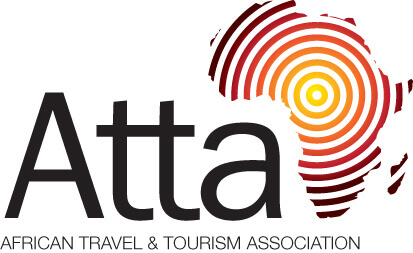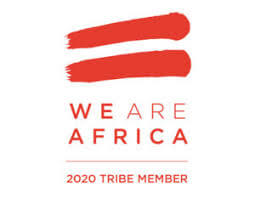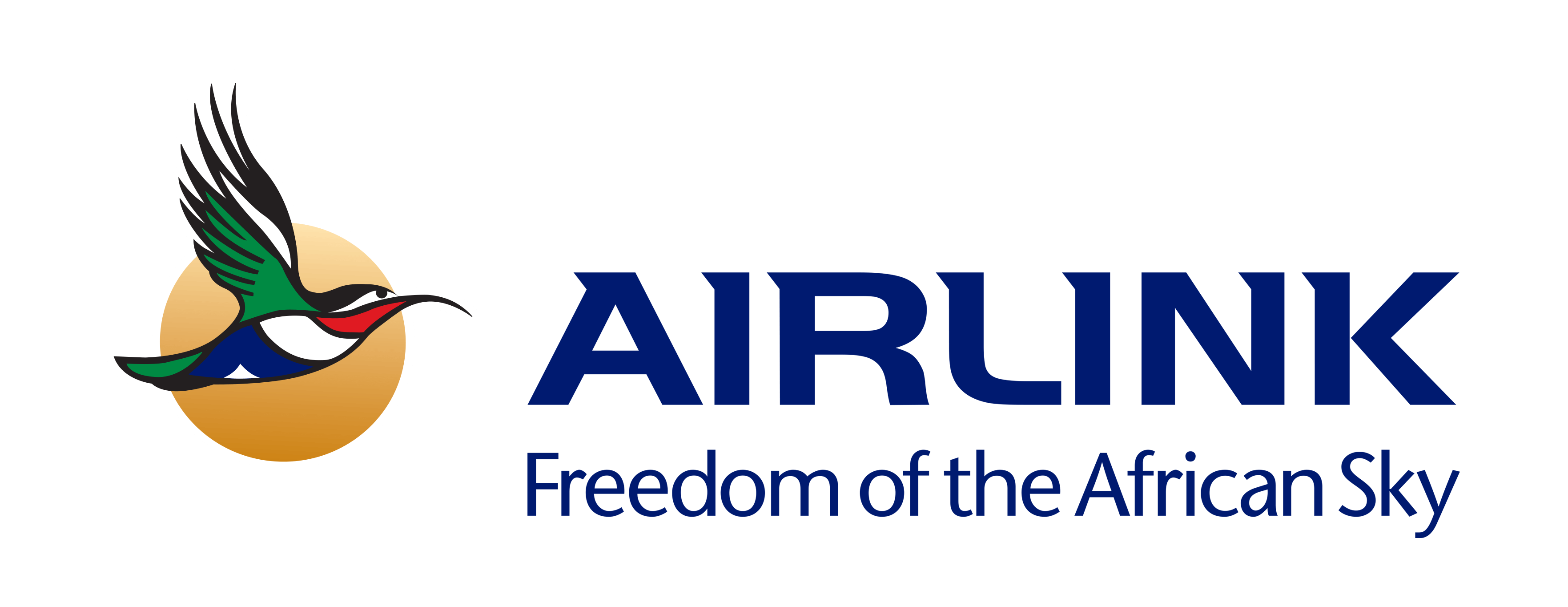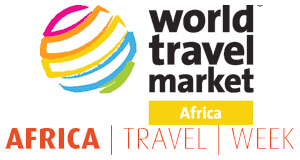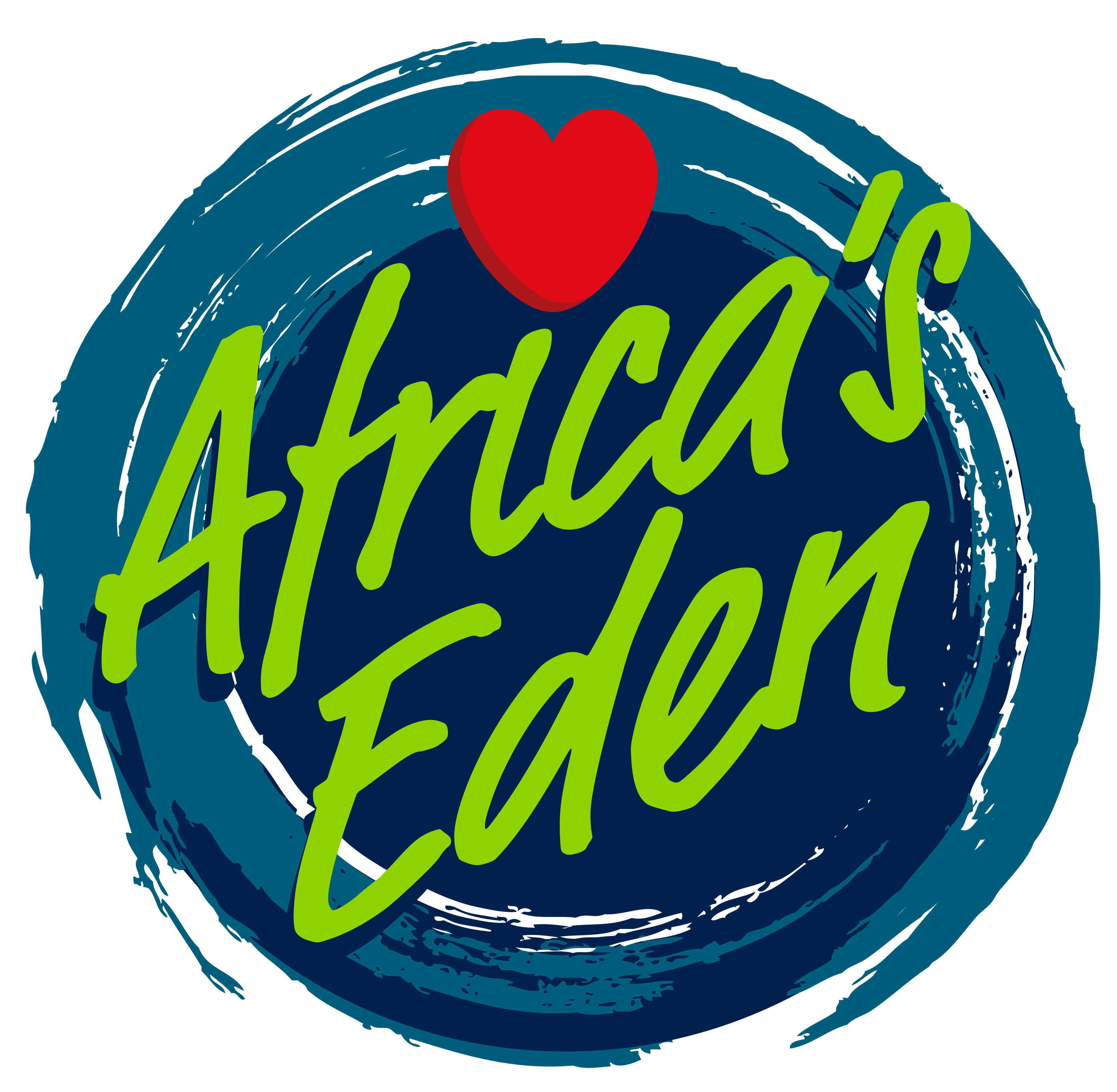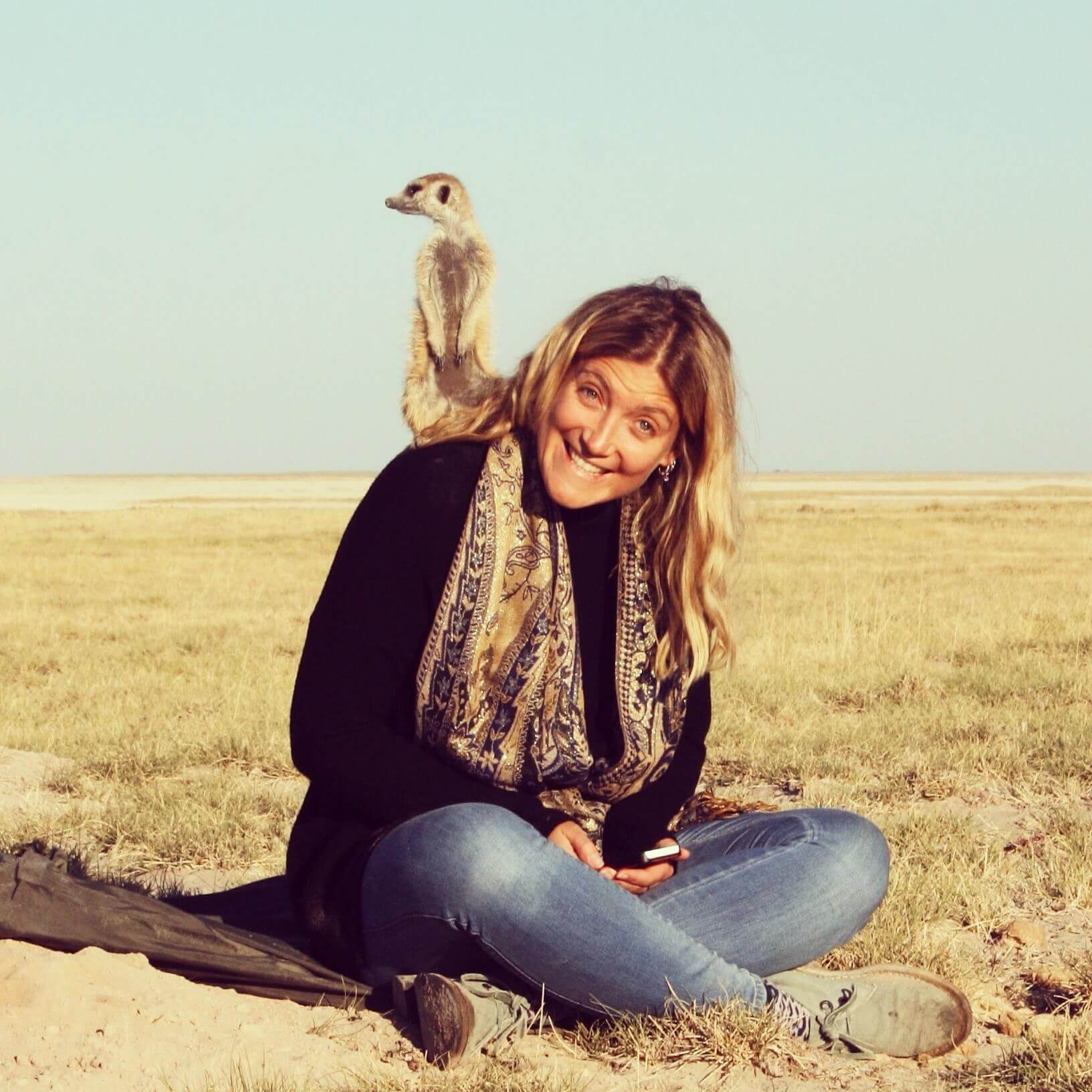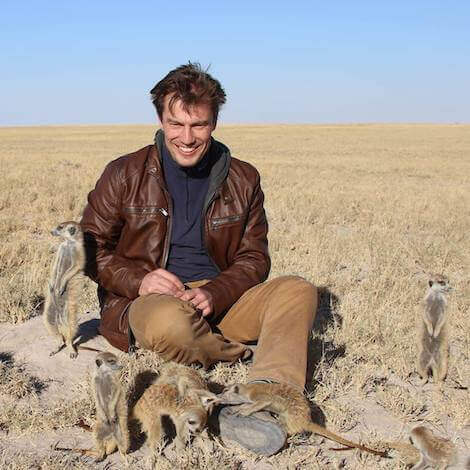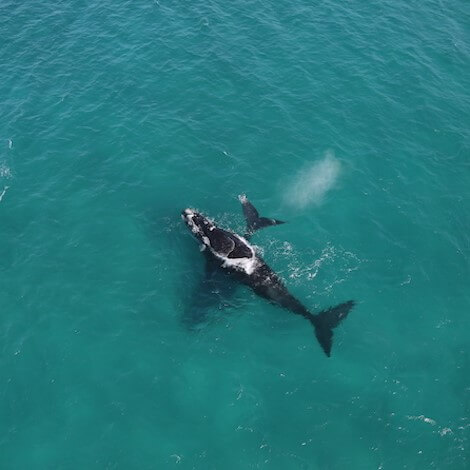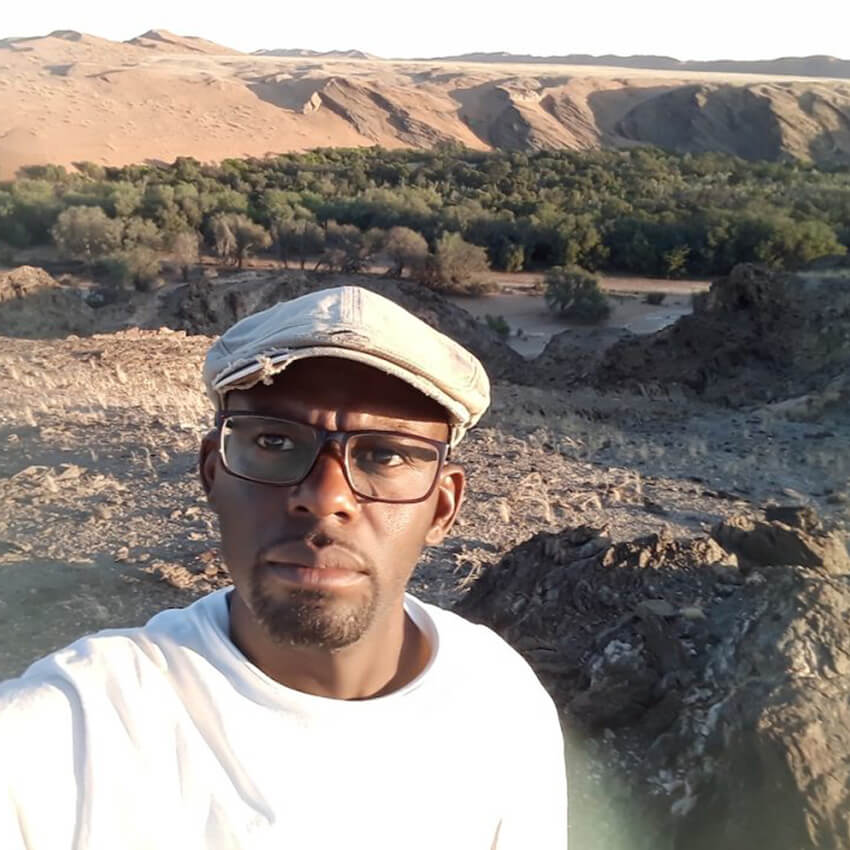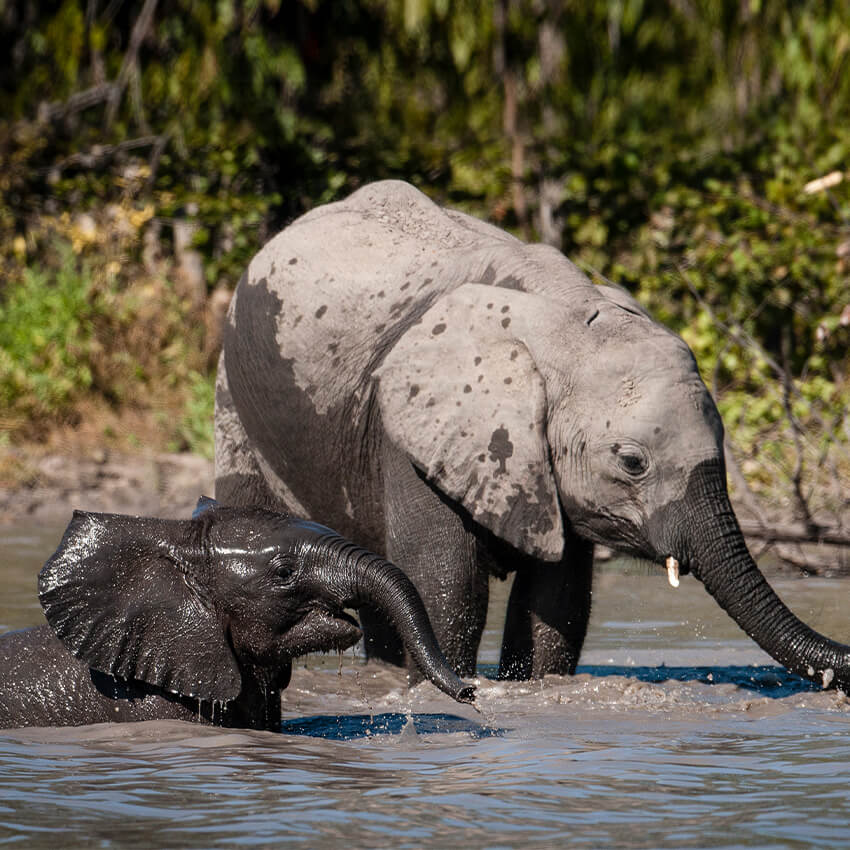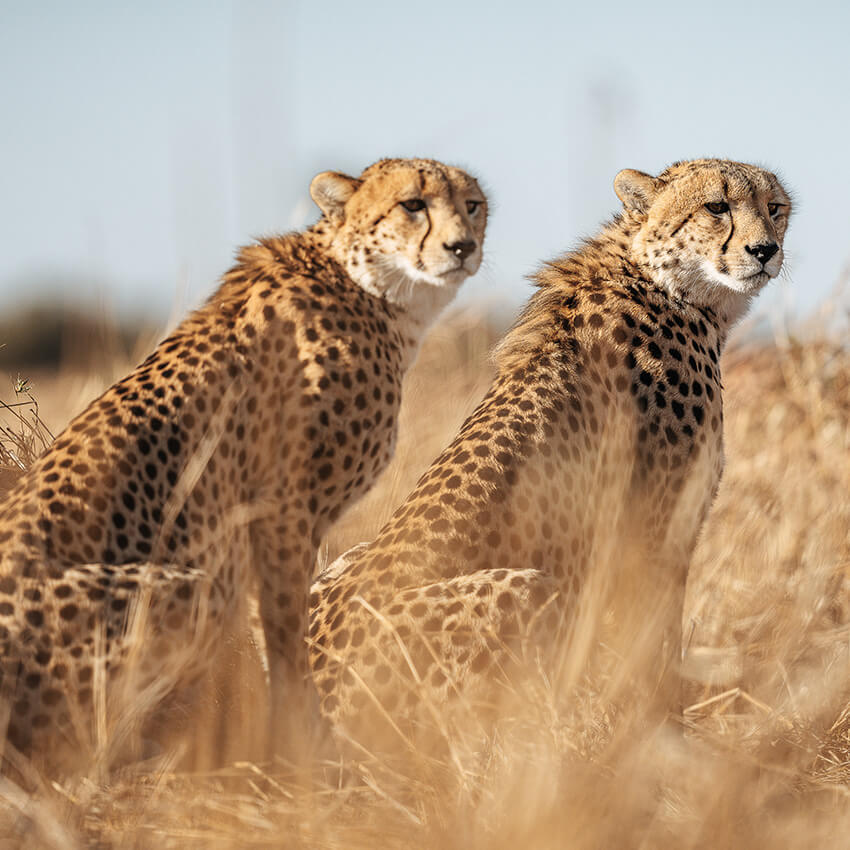Active
Popular
Living With Leopards: An Interview With Brad Bestelink
 Pru Allison
Pru Allison
 June 03, 2024
June 03, 2024
Living with leopards: to some it’s a documentary, and to others it’s a way of life, but for renowned wildlife filmmaker Brad Bestelink it’s both.
Brad and his team have spent the past four years based in the Xudum concession where Mokolwane is situated, and it’s here that they filmed the enthralling new Netflix documentary Living With Leopards. Those who’ve watched the show will know that it stands quite apart from other nature films available to stream, thanks to the more contemporary feel of its production values, enhanced by a vibrant soundtrack, and a deep appreciation of the commitment to the project from the filmmaking team themselves.
It’s fitting that Brad’s career should take shape in the concession where his father established his own tourism operation more than 20 years ago, meaning that he knew the area intimately long before he began to film it.
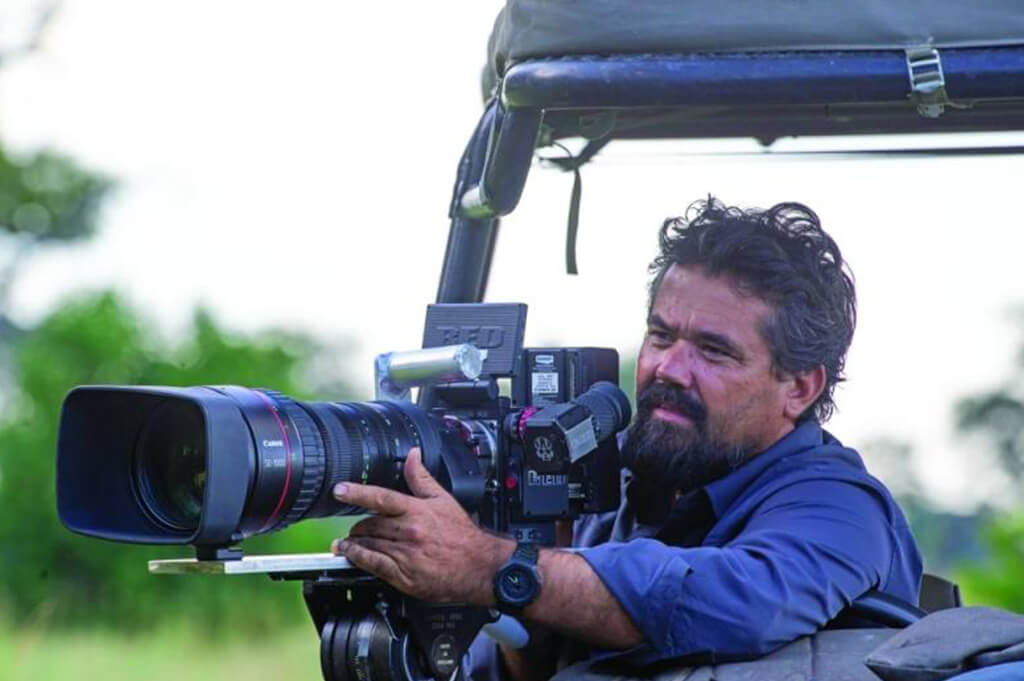
“Since then I’ve had the privilege of filming in these extraordinary areas,” he explains. “In the early years, the Mokolwane and Xudum regions were characterised by their wet and swampy landscapes, drawing my focus to the aquatic wonders of the Okavango. It was here that we filmed many sequences for National Geographic’s The Flood. One of my favourite projects however, was Africa’s River Giants, which delved into the underwater life of hippos for the BBC, narrated for us by Sir David Attenborough.”
Brad is the Creative Director and Director of Photography for the Natural History Film Unit Botswana, and as such has come to know the diverse ecosystems of Botswana intimately, but being so well acquainted with Xudum and Mokolwane, he’s been privy to the evolution of the area and has filmed much of it.
“Four years ago, the landscape began to change, with less permanent water transforming the area into a hotspot for predators,” he notes. “Recognising the unique opportunity this presented, I decided to base all our crews in the Xudum area and establish a permanent private filming camp. We have been based here ever since, continuing to capture the dynamic and evolving story of this remarkable ecosystem.”
The past four years have been fruitful for Brad and his team and they’ve produced both Surviving Paradise and Living With Leopards, each of which was made for Netflix and shot entirely in the Xudum and Mokolwane concession. It’s not only the area that’s important to Brad, the subject matter is also close to his heart.
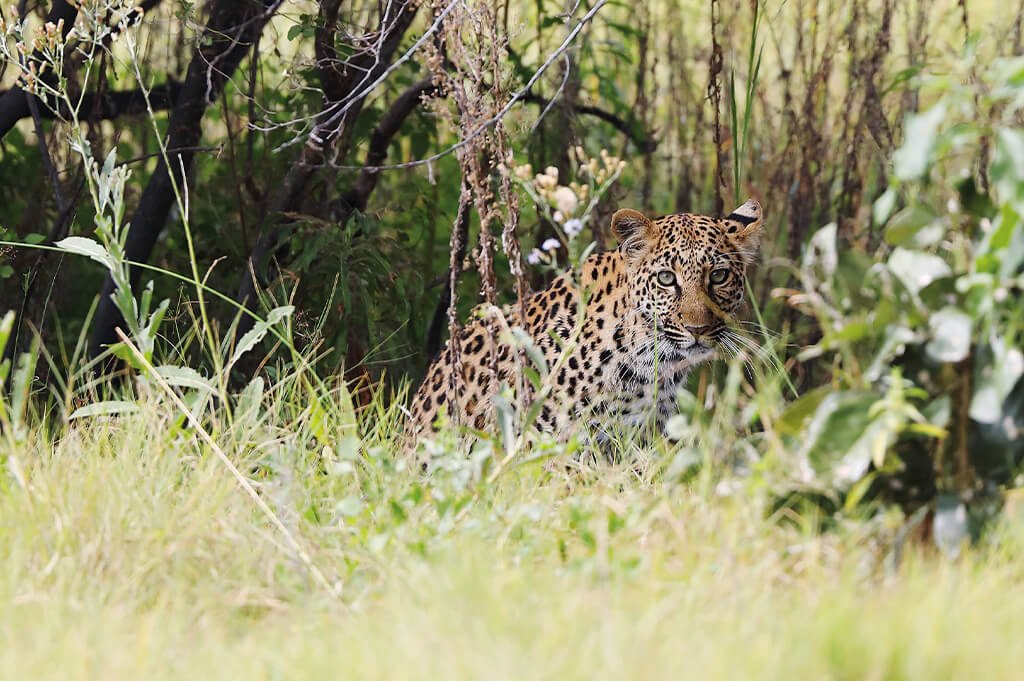
“I have a deep admiration for leopards,” he confides. “I’m drawn to their intelligence, capabilities, sheer beauty and solitary nature. I’ve always been fascinated by the full spectrum of behaviour and social interactions that a mother leopard exhibits while rearing her young – beyond just their skilled hunting abilities. Observing leopards in their natural habitat offers an intimate portrayal of the struggles and successes of a single mother. It provides a window into their personal lives allowing you to see and fall in love with them just as I have.”
Just as Covid 19 began to turn lives upside down, the opportunity of a lifetime presented itself to the Botswana-based filmmaker. “We began our collaboration with Netflix just before the COVID pandemic gripped the world,” he tells us. “As lockdowns commenced, Netflix asked me what my ultimate film project would be – what film I truly wanted to make. With COVID dictating our lives and global lockdowns predicted, a long-term investment in a single project was precisely what we needed. We would need to film for about two and a half years to capture the cubs growing up and leaving their mother, and the pandemic provided the opportunity to do so.
This unusually ambitious project was not without its risks, as more than half of all leopard cubs don’t survive to maturity. We had no certainty that our characters would make it. However, Mochima – a leopard I had known for over a year – was a mature female with exceptional decision-making abilities and a remarkable character. I felt that if any leopard could see this through for us, it would be her.”
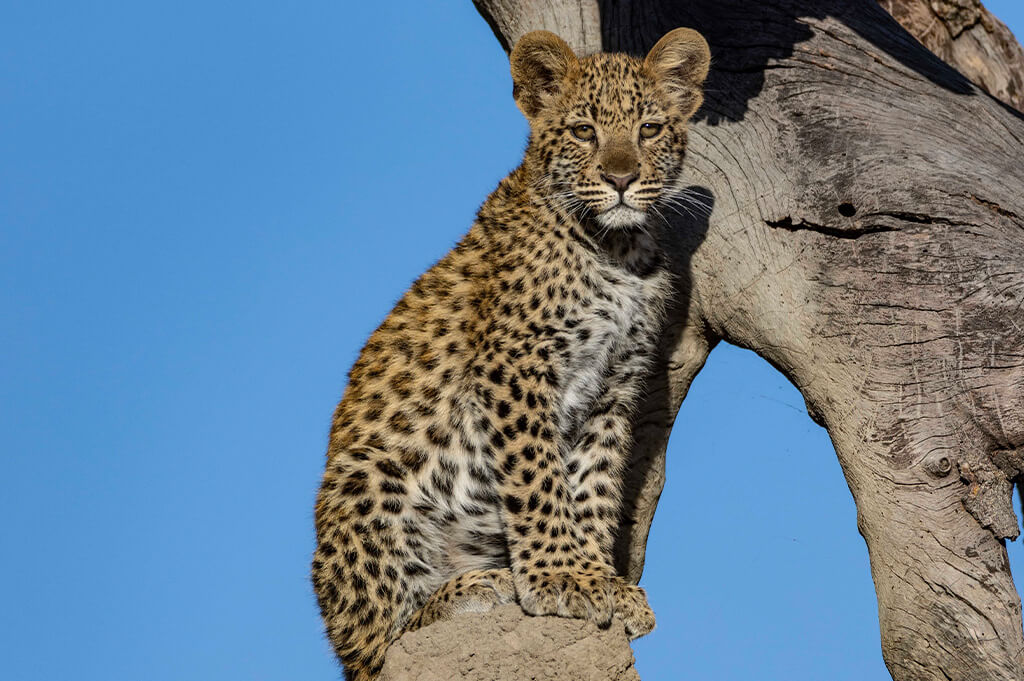
The deep-rooted affection that Brad holds for the leopard shines through in the documentary, and the film as a whole feels much more relevant to audiences than many similar shows. One of the most striking components is the music.
“The music was chosen to bring a contemporary feel to the journey,” the filmmaker explains. “Many nature documentaries tend to cater primarily to avid wildlife enthusiasts, often lacking emotional resonance, particularly from the musical aspect, taking a more purist approach. While much of the soundtrack was not my specific choice, I believe it enhanced the charisma of the story, making it more relatable to a broader audience, not necessarily just nature lovers. My experience with the wilderness and the characters I film is entirely emotionally driven, and I want people to feel that connection as well. There’s no reason to separate emotional resonance from one’s experience with nature. Our work is completely as emotional journey from beginning to end.”
Such a huge undertaking is certainly not a one man job, and the documentary drives home the importance of each member of the filmmaking team. It also makes clear how they live and work together, almost as family – something that anyone who’s spent an amount of time in the bush will relate to.
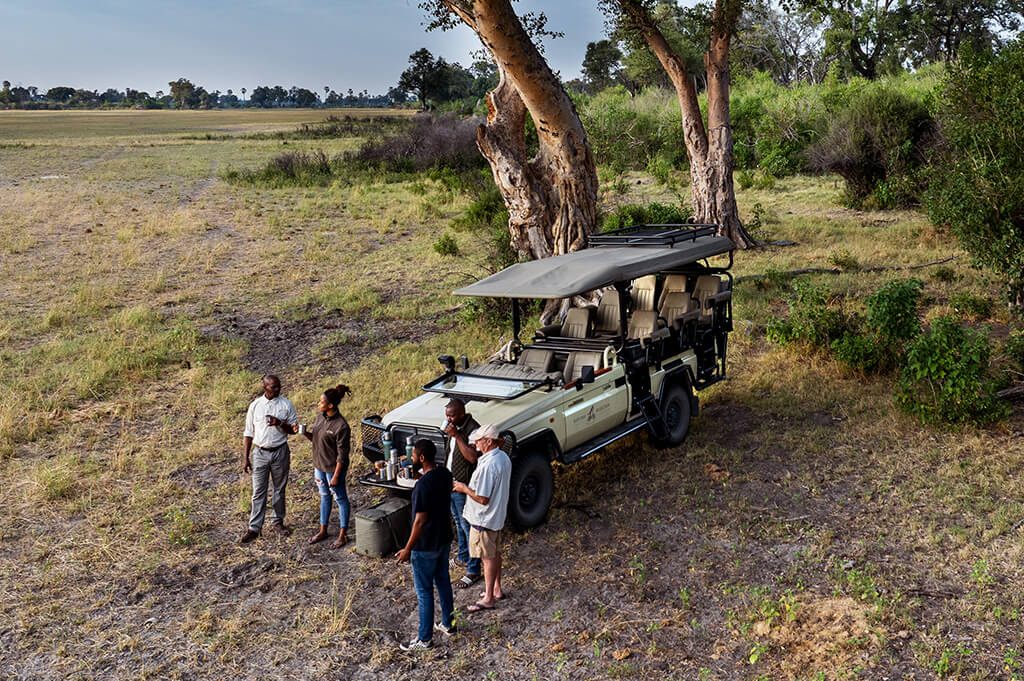
“Our team is always an eclectic mix of individuals from diverse backgrounds and a wide range of skills,” Brad explains. “I specifically choose team members based on their character and attitude, alongside their talent. While many people in this industry have the necessary skills, I prioritise those with a genuine passion for the wilderness and the characters we work with, as well as a drive and willingness to invest the time needed to capture our work. I seek individuals who are free of self and ego, as those who view us merely as a stepping stone for their own careers don’t stay long.
My goal is to build a team of dedicated, bush-crazy, creative people who take pride in working together towards a common objective. This work is more than just a job; it’s a lifestyle and a journey of personal growth. I aim to foster an environment where everyone can thrive and feel intrinsically proud of our collective achievements.”
The team are firmly entrenched here at Xudum, and are a point of great interest for visitors to Mokolwane who often spend times themselves with the subjects being filmed. The dedicated filming camp in the concession is home to five full time cameramen each of whom has their own vehicle and camera kits, in turn, they’re supported by a media processing team and camp staff keep life in the wilderness running smoothly. “It’s like extended family living a fun life together,” grins Brad. “My work is my life. I have never been able to separate these, or find a balance, for good or for bad, I love what I do, and this is my journey. This is why having the right team is so important.”
Aside from the filming activity, Mokolwane’s guests are in for a real treat when it comes to leopard sightings. This area boasts the third highest density of leopards recorded in Africa, this population includes but is certainly not limited to the leopards who star in Living With Leopards.
While leopards might be the stars of the show, there’s plenty more to see as well.
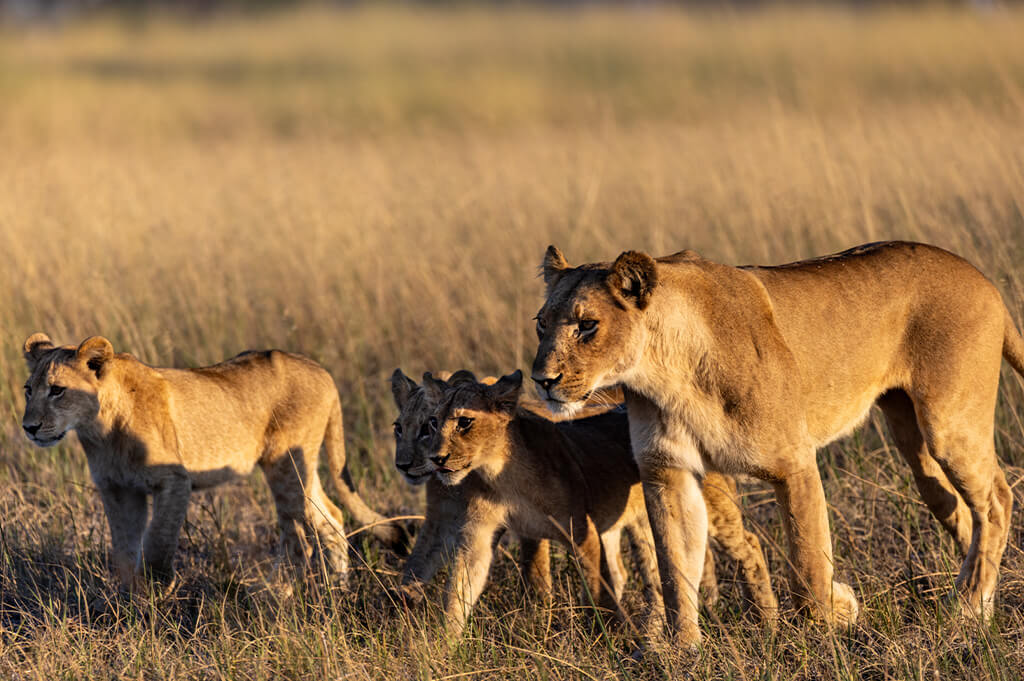
“Xudum has been experiencing a drying period, which is beneficial for predators,” notes Brad. “Lion, wild dog and leopard populations are particularly high because of this. However, I believe its greatest asset is the low level of tourist activity, which maintains its remarkable wilderness. We still frequently encounter packs of wild dogs, cheetahs and leopards we have never seen before, simply showing up. The area is surrounded by vast, unexplored, and unused terrain, adding to its wild and exciting nature.”
With 200,000 hectares of wilderness and only Mokolwane’s seven rooms available to guests, this area is truly pristine with an immense feeling of space and solitude – it would take days just to drive around the reserve. The tents sit 10 feet above the ground amongst the shady boughs of fig, jackalberry, ilala palm and wild mangosteens so nature is truly all around you. The eco-system is wonderfully diverse, and ranges from open grasslands and crystal clear lagoons to forests and thickets.
“Mokolwane is one of the few camps on the edge of the Western Delta, surrounded by vast, unspoilt wilderness,” agrees Brad. “It is one of the last remaining large wilderness areas in the Okavango.”
Brad and his team are already hard at work on their next project, the subject of which can’t yet be divulged but it will be released in September this year. If you want a sneak preview, there’s only one place to get it in real time, and that’s Mokolwane.
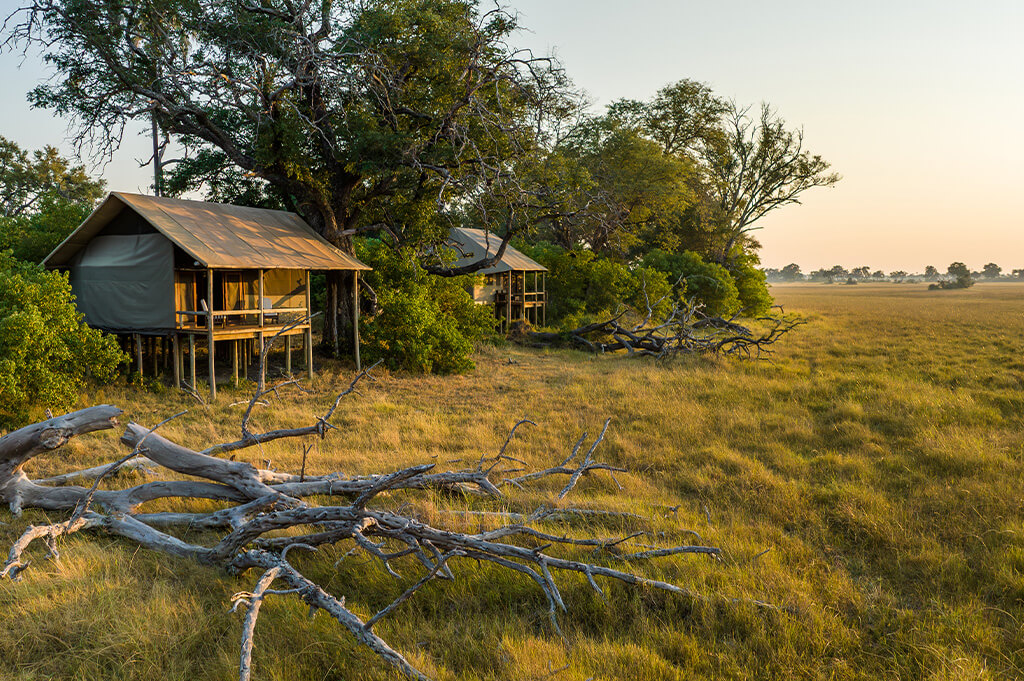
Special Offers
Our special offers are designed to help you experience everything southern Africa has to offer whilst also saving some all-important pennies. Whether you’re about to embark on a once-in-a-lifetime solo trip, or are celebrating a special occasion, have a peek at our offers and see what could be in store for you.
